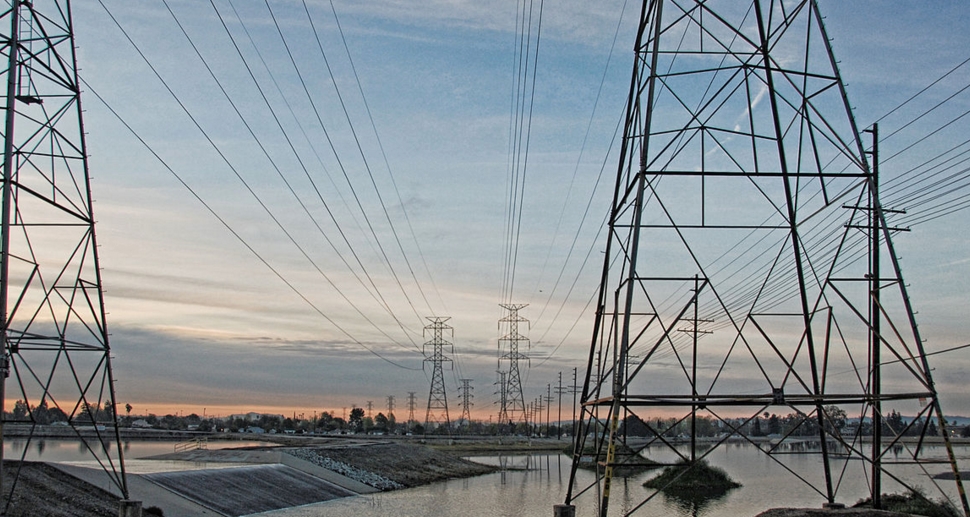MIT researchers working on a nuclear fusion superconductor that will generate carbon-free limitless energy within 15 years
04/12/2018 / By David Williams

Researchers from the Massachusetts Institute of Technology (MIT) have revealed that for the first time ever, nuclear fusion-based renewable energy may be achievable within the next 15 years. This is going to be made possible thanks in part to a collaboration of the university with a private company that goes by the name Commonwealth Fusion Systems (CFS). Together, the two hope to put forth fusion power as a viable source of energy for the world in less than two decades.
Nuclear fusion is the process that allows the sun to exist as it is right now, and is indirectly responsible for sustaining basically all life on Earth. Its purpose in this project is to serve as the core of a new renewable energy resource that will be able to last for a very long time.
Currently, there are existing nuclear fusion systems but none of them so far have tested positive for viability. With the MIT and CFS collaboration, it is said that a radically different approach is going to be undertaken in order to turn nuclear fusion into more than just an expensive science experiment and into a fully-working commercial energy source.
It is said that the team of researchers are planning on using an entirely new class of high-temperature superconductors which are expected to allow the creation of the first fusion reactors in the world which are able to generate more energy than what is needed to be put in to get the fusion reaction started. (Related: Scientists bring energy-efficient nuclear fusion closer to reality.)
According to Bob Mumgaard, the CEO of CFS, they have a lofty goal in front of them and the right motivation in mind as they push for it. “The aspiration is to have a working power plant in time to combat climate change,” he said. “We think we have the science, speed and scale to put carbon-free fusion power on the grid in 15 years.”

Living in a healthy planet that can be sustained for a long time does not necessarily require pushing for the total elimination of carbon, as carbon is also helpful to the environment and needed by the environment itself. Regardless, the method for nuclear fusion that will be used by the researchers here could eventually lead to what is described as a zero-carbon, combustion-free and environment-friendly source of energy.
Normally, it is said that the timeline given for any nuclear fusion project lasts around 30 years at the minimum, and it has become something of a running joke to say that “fusion is the energy of the future – and always will be.” The researchers will effectively cut this time down to half with their chosen methods and work practices.
The researchers already have an experimental reactor that is said to be designed for heat production of about 100 megawatts (MW). The initial plan is not to turn this heat into electricity, but to produce in impulses of about 10 seconds each, as much power as is used by a small city.
Although still unsure of the outcome, the researchers have given themselves a worthy goal to go after. Professor Maria Zuber believes that it is an idea truly worth pursuing. “At the heart of today’s news is a big idea – a credible, viable plan to achieve net positive energy for fusion,” he said. “If we succeed, the world’s energy systems will be transformed. We’re extremely excited about this.”
Visit Nuclear.news for more news stories about nuclear power.
Sources include:
Submit a correction >>
Tagged Under:
breakthroughs, carbon, carbon-free energy, combustion free, discoveries, electricity, energy, energy-efficient, environmentally friendly, free energy, invention, nuclear fusion, nuclear power, renewable energy, renewables, superconductors, unlimited energy, zero carbon
This article may contain statements that reflect the opinion of the author





















